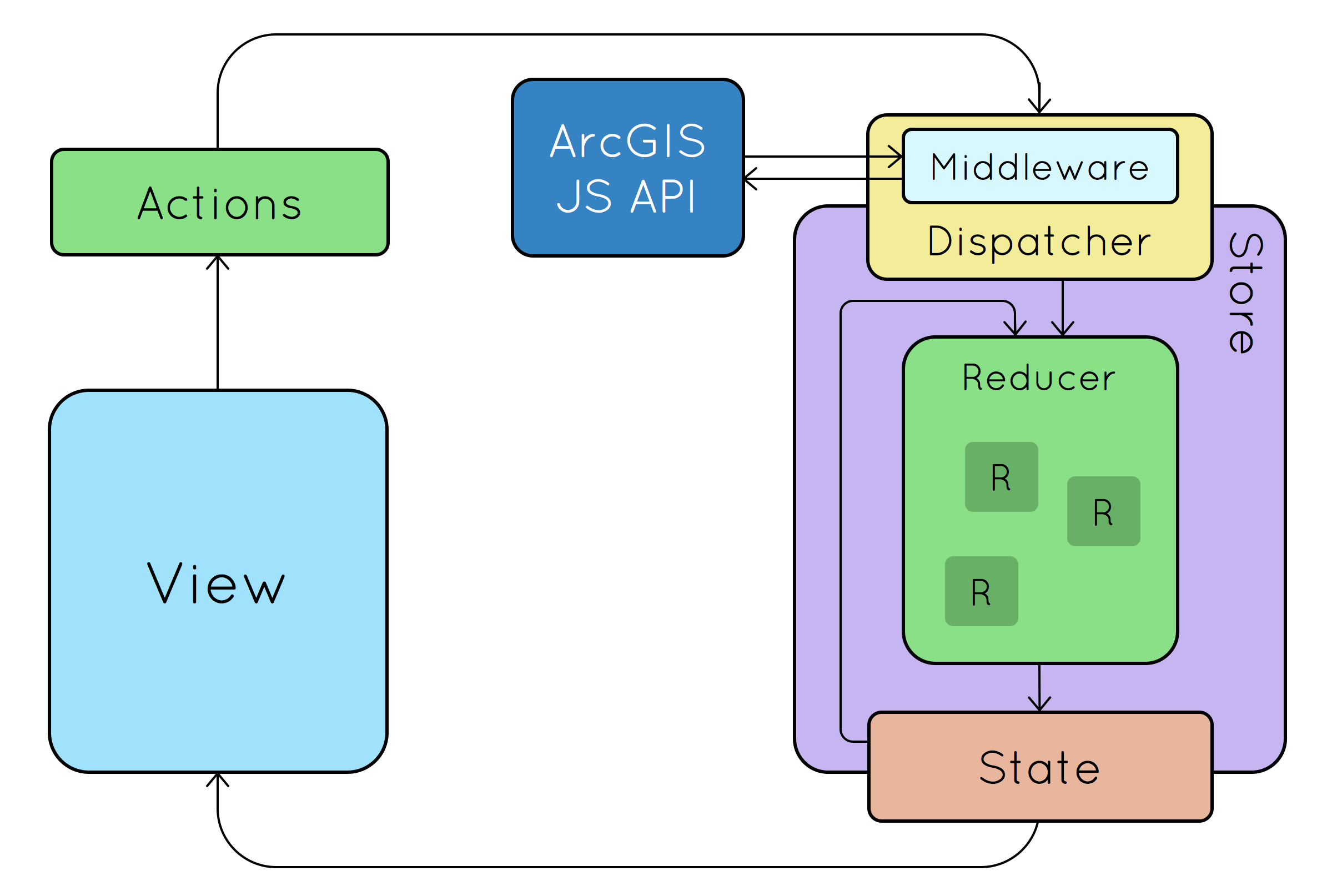

Inside the constructor, after super(props), just add this.state and set it equal to an empty object. app.jsĪdding our state object is easy enough.

A constructor isn’t needed for a class component to receive props, so unless you have state or have to bind a function you probably won’t need it. This should not be something we’re putting into production code as we only want to use constructors if they are actually doing something. The code below shows how to set up an empty constuctor. If you aren’t sure how to create a component, you can learn about that here. It should also be noted that a constructor is not necessary for class components to receive props so if we aren’t “doing” anything in our constructor then we don’t need to have one. This is where we want to set up our state for the component. What’s a constructor you say? A constructor is a concept involved in object-oriented programming which creates an object. The reason for this is the fact that our state will be housed in a class constructor. State Management in a React js Componentīefore we can get into the details about creating a state within our component, it’s important to note that state can only be created in a class component. By the end of this post, you’ll know how to do both. There are even ways to manipulate a parent component’s state from a child component. Many times state will be used to pass data into a child component via props.

The example below demonstrates how we pass a prop into a component: // app.js Before we get too far into it, I’ll explain so here’s the skinny: Props are pieces of data passed into a child component from the parent while state is data controlled within a component. There are instances where each one is appropriate and I can’t imagine trying to build things in react without both. Props and state both have their place within react. Props are pieces of data passed into a child component from the parent while state is data controlled within a component State vs Props in React js How is state set? Why use that if props can handle data? In this post, we’re going to answer those questions and more. In this tutorial, we’ll learn how to use state and props in a react js application. If you’re anything like me, the concept of state was confusing at first. This.state – How to Use State in React js


 0 kommentar(er)
0 kommentar(er)
